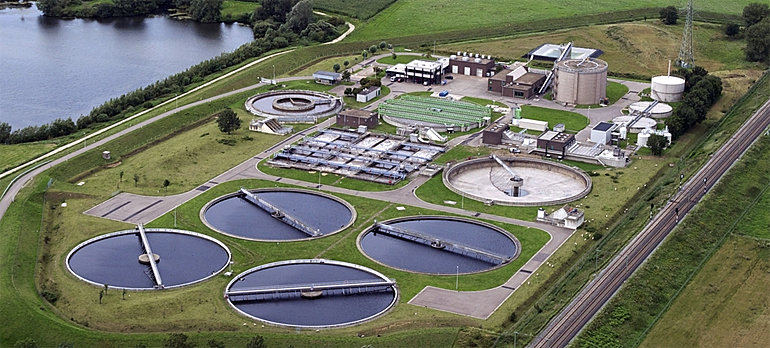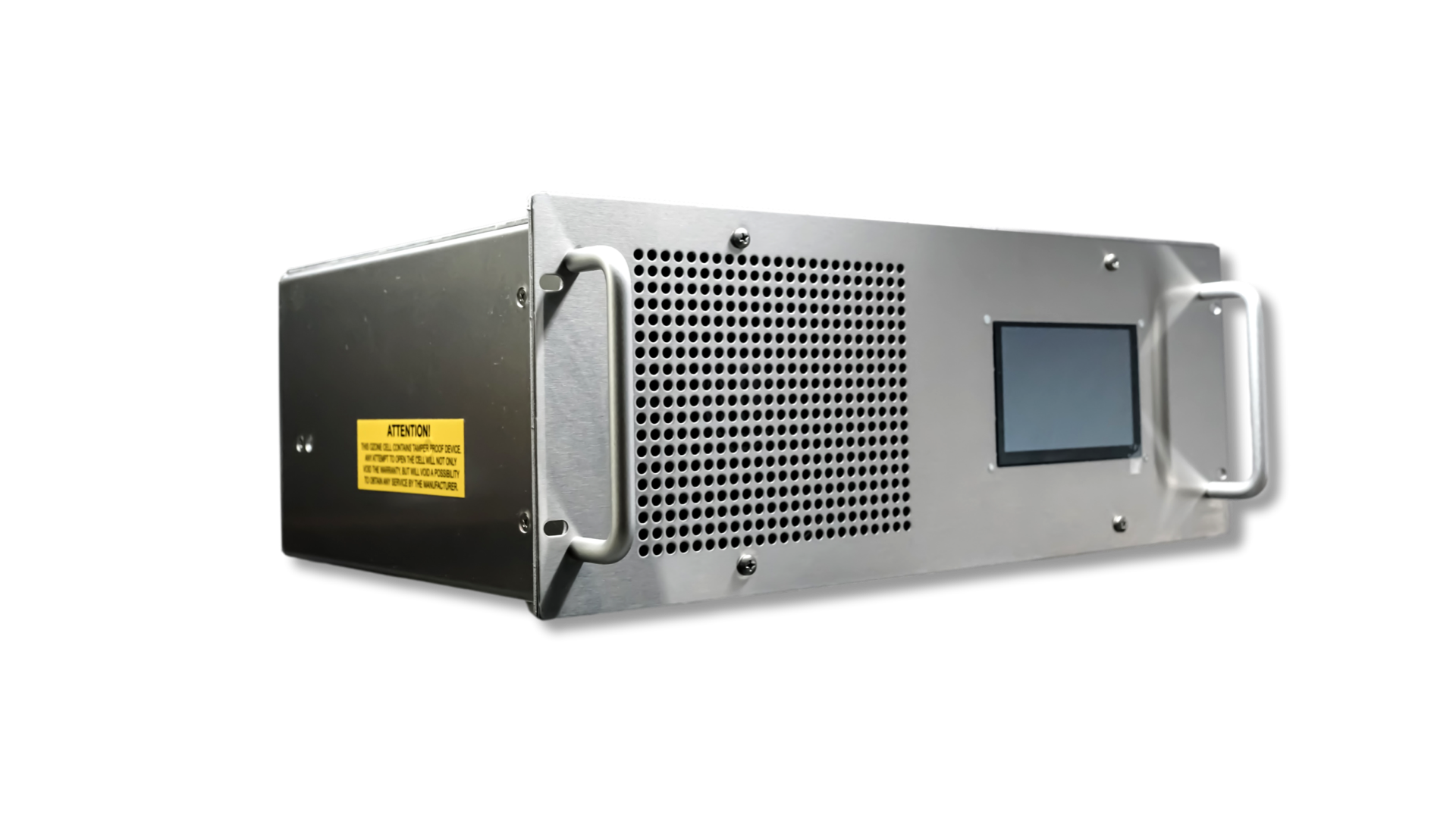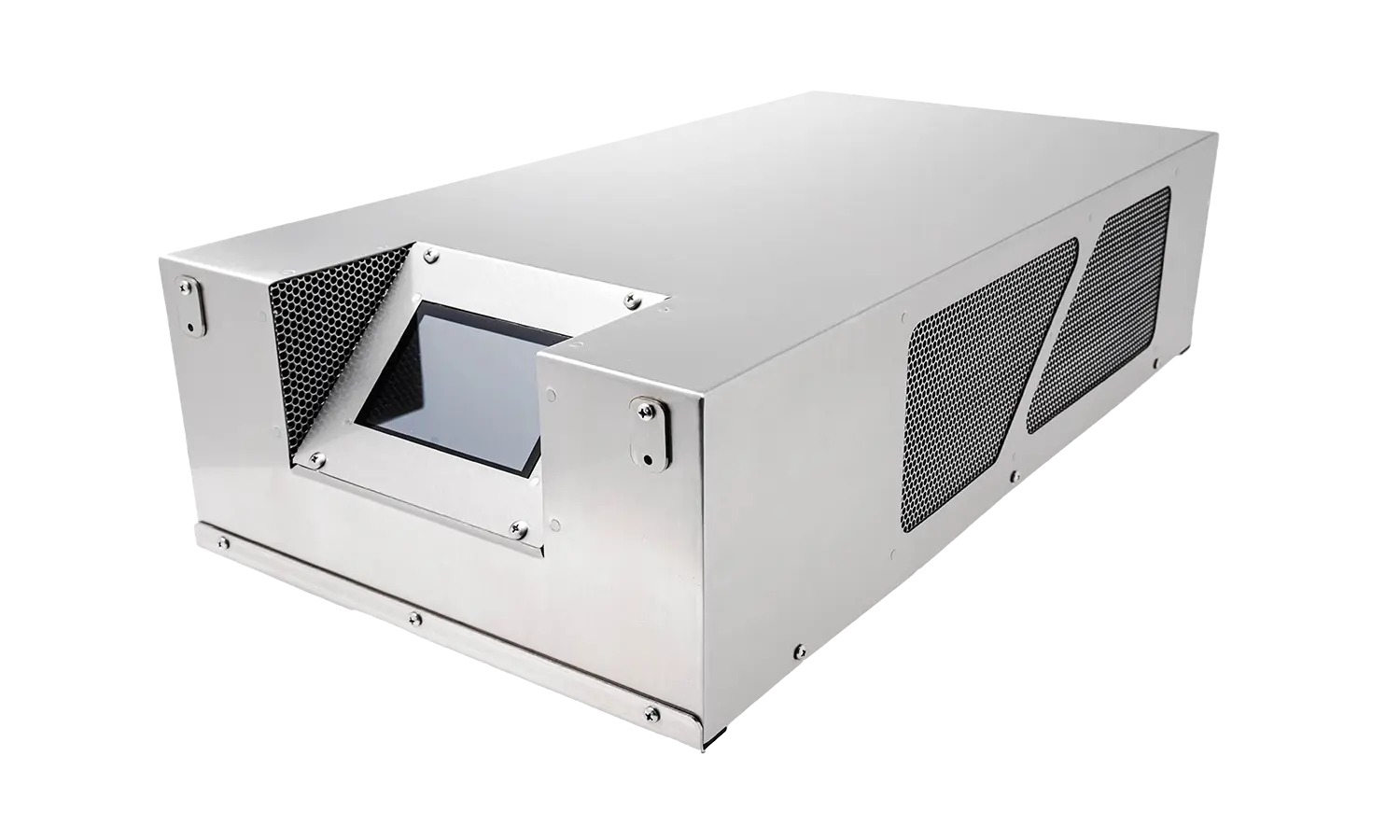Share This Story, Choose Your Platform!
Advance Oxidation Process (AOP) For Water Treatment

As environmental concerns continue to escalate, addressing wastewater and industrial effluents, particularly those laden with stubborn organic compounds, has become a pressing issue. Advanced Oxidation Processes (AOP) represent chemical treatment techniques meticulously crafted to combat organic (and sometimes inorganic) pollutants in water and wastewater. This is achieved through oxidation by engaging hydroxyl radicals. Ozone, in particular, has emerged as an up-and-coming tool due to its potent oxidizing properties. This post delves into the remarkable capabilities of ozone-based AOPs and how they contribute to a cleaner and safer environment.
Ozone’s Crucial Role in Advanced Oxidation Processes (AOPs):
Ozone, a triatomic molecule comprising three oxygen atoms, boasts formidable oxidizing prowess. Specialized industrial ozone generators ensure a controlled and steady supply of Ozone on-site, a crucial aspect of AOPs. When Ozone meets water, it sparks the formation of hydroxyl radicals. These radicals are remarkably reactive, proving highly effective in dismantling diverse organic compounds, thus forming the cornerstone of contaminant degradation. Possessing unpaired electrons, these radicals exhibit intense reactivity and a short lifespan. Consequently, they target organic molecules by abstracting hydrogen atoms or adding to double bonds, resulting in the cleavage of carbon-carbon and carbon-hydrogen bonds within contaminants. This process culminates in transforming complex organic compounds into more straightforward, less harmful substances like carbon dioxide, water, and essential organic acids.
Ozone’s ability to generate hydroxyl radicals renders it an appealing option for treating various wastewater streams and polluted water sources. The employment of Ozone’s robust oxidizing capabilities is pivotal in addressing recalcitrant compounds that conventionally prove challenging to eliminate.
Ozone-Based Advanced Oxidation Processes for Water Treatment:
1. Ozone Gas Diffusion: This method involves bubbling ozone gas directly through wastewater or effluent. As ozone bubbles rise through the liquid, they contact organic pollutants, initiating their degradation.
2. Ozone/UV Process: In this approach, ultraviolet radiation activates Ozone, generating additional radicals. The combination of Ozone and UV radiation creates a more potent oxidative environment. UV light, usually at 254 nm, irradiates the ozone and water mixture, enhancing the photolysis of Ozone and producing extra hydroxyl radicals from ozone decomposition.
3. Ozone/Hydrogen Peroxide: The Ozone/Hydrogen Peroxide (O3/H2O2) Process is an advanced oxidation process that enhances radical formation through a two-step mechanism. Ozone (O3) reacts with hydrogen peroxide (H2O2) to form a highly reactive intermediate, the per hydroxyl radical (HO2•), and a hydroperoxide ion (HO2-). The perhydroxyl radical (HO2•) swiftly decomposes in water, producing two hydroxyl radicals.
Advantages of Ozone-Based AOPs:
– Highly Effective Organic Compound Degradation: Ozone-based advanced oxidation processes excel in breaking down a wide range of organic contaminants, including pharmaceuticals, pesticides, dyes, and more. These processes efficiently degrade pollutants like ibuprofen, naproxen, caffeine, bisphenol-A (BPA), nonylphenol, atrazine, glyphosate, and chlorpyrifos found in wastewater and industrial discharges, ensuring cleaner and safer water resources.
– Eco-Friendly Solution: Ozone-based AOPs are environmentally friendly, as Ozone naturally decomposes into oxygen after oxidation, leaving no harmful residues or by-products in treated water. This eco-friendly aspect aligns with the needs of environmentally conscious clients seeking sustainable water treatment solutions.
– Versatility for Various Applications: Ozone-based AOPs offer exceptional versatility, making them suitable for industrial and municipal wastewater treatment. Their adaptable nature allows tailoring processes to suit various applications and specific requirements.
Disadvantages of Ozone-Based AOPs:
While ozone-based AOP offer tremendous benefits, they do come with some limitations, including:
– pH and Temperature Dependence: Achieving optimal results requires careful monitoring and optimization of pH and temperature during ozone oxidation, as these factors significantly influence the process’s efficiency.
– Bromate Formation: Ozone’s interaction with bromide ions in water can create bromate, a regulated disinfection byproduct that necessitates careful handling.
Applications of Advanced Oxidation Processes:
The choice of an appropriate advanced oxidation process hinges on the specific application. Absolute Ozone thoroughly assesses each client’s needs, considering factors such as targeted organic contaminants, removal goals, concentration levels, site conditions, and budget constraints. These processes find application across various sectors, including gas effluent treatment, water reclamation and recycling, drinking water treatment, industrial and municipal wastewater treatment, and more.
The utilization of Ozone in advanced oxidation processes is particularly remarkable, given its potent oxidizing capabilities, adaptability, and eco-friendliness. Implementing an ozone-based AOP can pave the way for cleaner water sources and a more sustainable future.
For further information, please do not hesitate to Contact Us!





